I am one of a group of four trustees (Hoe Akau) who facilitate the Dunedin Dream Brokerage a charitable public arts organization that brings life into empty urban and retail environments through brokering a lively programme of creative project occupation. We work with property owners, artists, individuals and community groups to broker the temporary use of space, producing between 12 – 20 projects per year.
Dunedin Dream Brokerage:
• Supports the work of creatives and increase citizen engagement and local storytelling
• Reduces vacant space and activate the city’s under-utilised buildings and spaces for creative purpose
• Delivers a lively and diverse programme of experiences and events that celebrate our city.
Kindly supported by the Dunedin City Council and Otago Polytechnic.
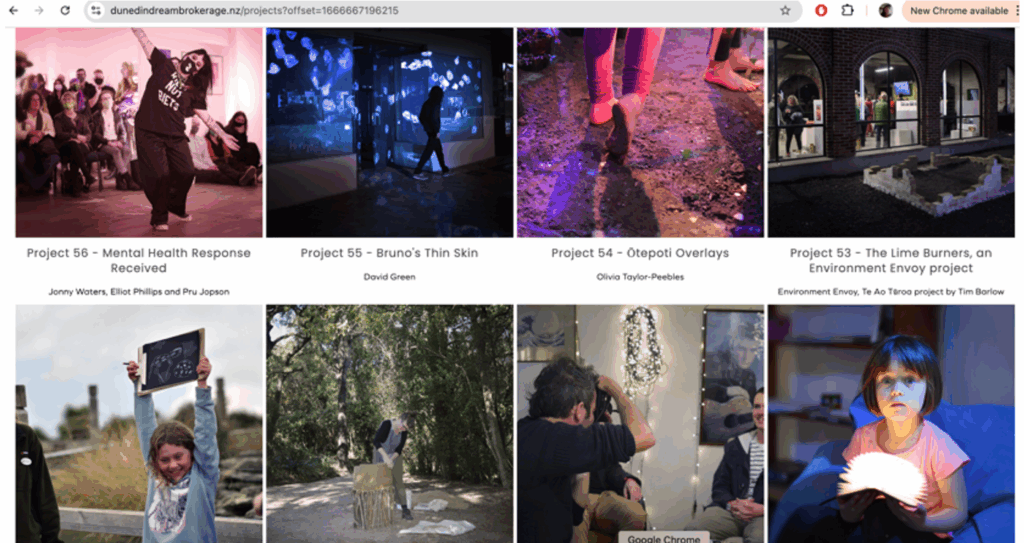
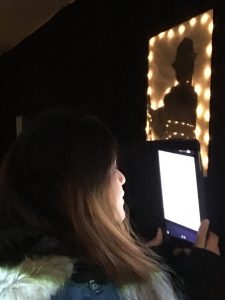 Anei Au was a collaborative student project – an interactive exhibition produced between a programming class and an art history class at
Anei Au was a collaborative student project – an interactive exhibition produced between a programming class and an art history class at 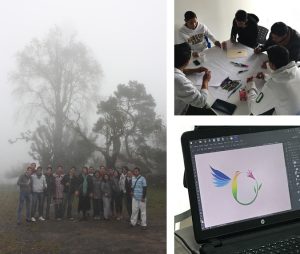

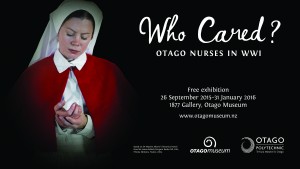 Otago Polytechnic and Otago Museum collaborated on the design and production of this large-scale exhibition and live project, open between September 2015- February 2016. The theme of this exhibition was care. Through learning about the roles and relationships of New Zealanders in these hospitals, year 3 Bachelor of Design (Communication) students, were encouraged to empathize with these conditions, and develop immersive experiences for Museum visitors of all ages.
Otago Polytechnic and Otago Museum collaborated on the design and production of this large-scale exhibition and live project, open between September 2015- February 2016. The theme of this exhibition was care. Through learning about the roles and relationships of New Zealanders in these hospitals, year 3 Bachelor of Design (Communication) students, were encouraged to empathize with these conditions, and develop immersive experiences for Museum visitors of all ages.


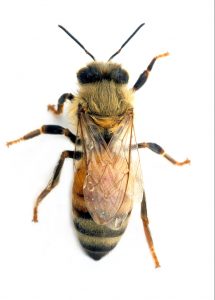 Container installation for the 2013 Dunedin Fringe Festival: audio work installed in a beehive within a shipping container in Dunedin’s Octagon. 2000 life size bee decals were distributed within a 2km radius in public places. This work aimed to draw attention to the plight of New Zealand’s feral bees, an essential part of our food ecology, but threatened by the Varoa mite. In the summer of 2013 the Varoa mite reached Dunedin. Information was distributed about urban beekeeping.
Container installation for the 2013 Dunedin Fringe Festival: audio work installed in a beehive within a shipping container in Dunedin’s Octagon. 2000 life size bee decals were distributed within a 2km radius in public places. This work aimed to draw attention to the plight of New Zealand’s feral bees, an essential part of our food ecology, but threatened by the Varoa mite. In the summer of 2013 the Varoa mite reached Dunedin. Information was distributed about urban beekeeping.